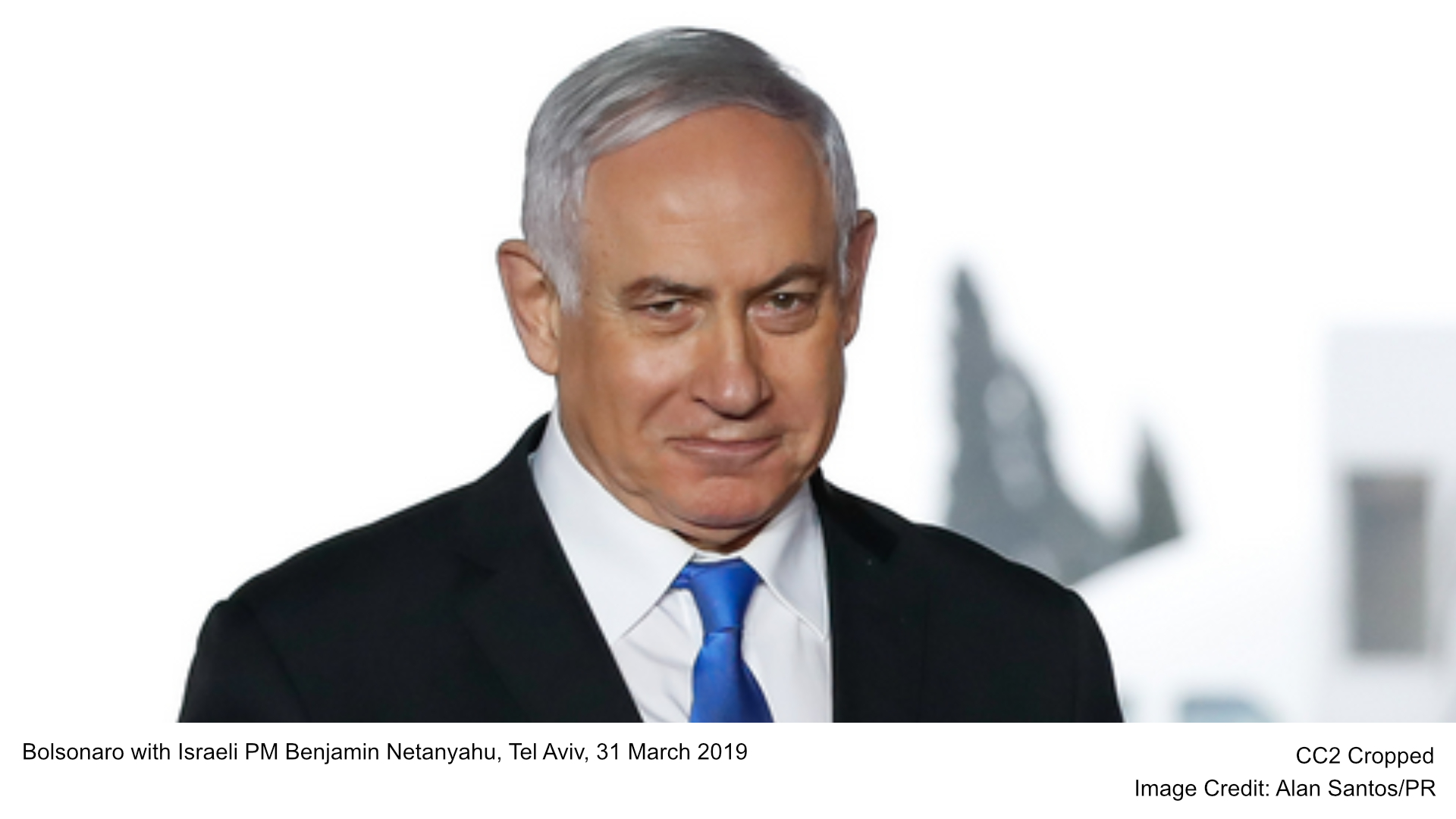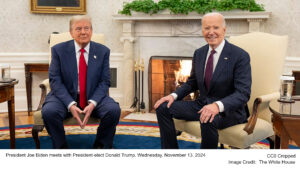A ceasefire agreement between Israel and Hamas has ended over 15 months of conflict in Gaza, marking a pivotal moment in the Middle East. This deal, mediated by Qatar, Egypt, and the United States, includes a phased ceasefire, a significant prisoner exchange, and measures to ease Gaza’s humanitarian crisis.
- Ceasefire Agreement: Israel and Hamas reached a truce after 15 months of conflict in Gaza, facilitated by Qatar, Egypt, and the U.S. Key provisions include phased ceasefire, prisoner exchanges, and humanitarian aid measures.
- Initial Phase Details: A six-week truce starts with Hamas releasing 33 hostages and Israel freeing over 1,000 Palestinian prisoners. Humanitarian aid and medical evacuations will resume.
- Future Negotiations: Subsequent phases could involve further hostages’ release, Israel’s full withdrawal, and long-term reconstruction, though governance of Gaza remains uncertain.
- Diplomatic Dynamics: U.S. envoy Steve Witkoff secured Netanyahu’s agreement despite opposition from some in the Israeli cabinet members, raising questions about the agreement’s sustainability.
The first phase of the agreement begins with a six-week truce. During this period, Hamas will release 33 Israeli hostages, including women, children, and civilians over 50 years old. In exchange, Israel will free over 1,000 Palestinian prisoners, including those detained since the October 2023 attacks, according to Al Jazeera.
The ceasefire agreement builds on past efforts to address the Israel-Palestine conflict, but previous deals have often unraveled due to political distrust and violence. The inclusion of international mediators and a phased approach signals a pragmatic attempt to overcome these challenges. However, the unresolved question of Gaza’s future governance underlines the need for long-term strategies beyond immediate humanitarian relief.
Israel will also begin a phased withdrawal of its forces, initially retreating from Gaza’s population centers. However, areas such as the Netzarim Corridor may see delayed withdrawals. This phase will allow displaced Palestinians to return home and permit up to 600 trucks of aid to enter Gaza daily. Critically, medical evacuations from Gaza will resume, and the Rafah crossing with Egypt will open within a week, NPR reported.
The agreement also requires ongoing negotiations to finalize the second and third phases. The second phase could involve Hamas releasing remaining hostages, while Israel would commit to a complete withdrawal from Gaza. Meanwhile, the third phase envisions long-term reconstruction plans under international supervision, though governance and security arrangements remain contentious. The Times of Israel highlighted the uncertainty surrounding Gaza’s future administration, with the U.S. advocating for a reformed Palestinian Authority backed by Arab nations.
This ceasefire deal represents a diplomatic milestone, particularly as it follows a tense meeting in Jerusalem. Steve Witkoff, incoming Mideast envoy for U.S. President-elect Donald Trump, played a key role in securing Israeli Prime Minister Benjamin Netanyahu’s agreement to key compromises. The Times of Israel noted that Witkoff’s efforts yielded more progress in one meeting than outgoing President Joe Biden managed throughout the year.
However, challenges remain. Netanyahu’s cabinet must approve the agreement, and some members have raised objections. Additionally, Israel has resisted providing written guarantees against resuming military actions. This uncertainty raises concerns about the durability of the ceasefire.
Despite these hurdles, the ceasefire offers a temporary reprieve for Gaza’s war-torn population. It also provides a framework for future negotiations that could shape the region’s political and humanitarian landscape.







Be First to Comment